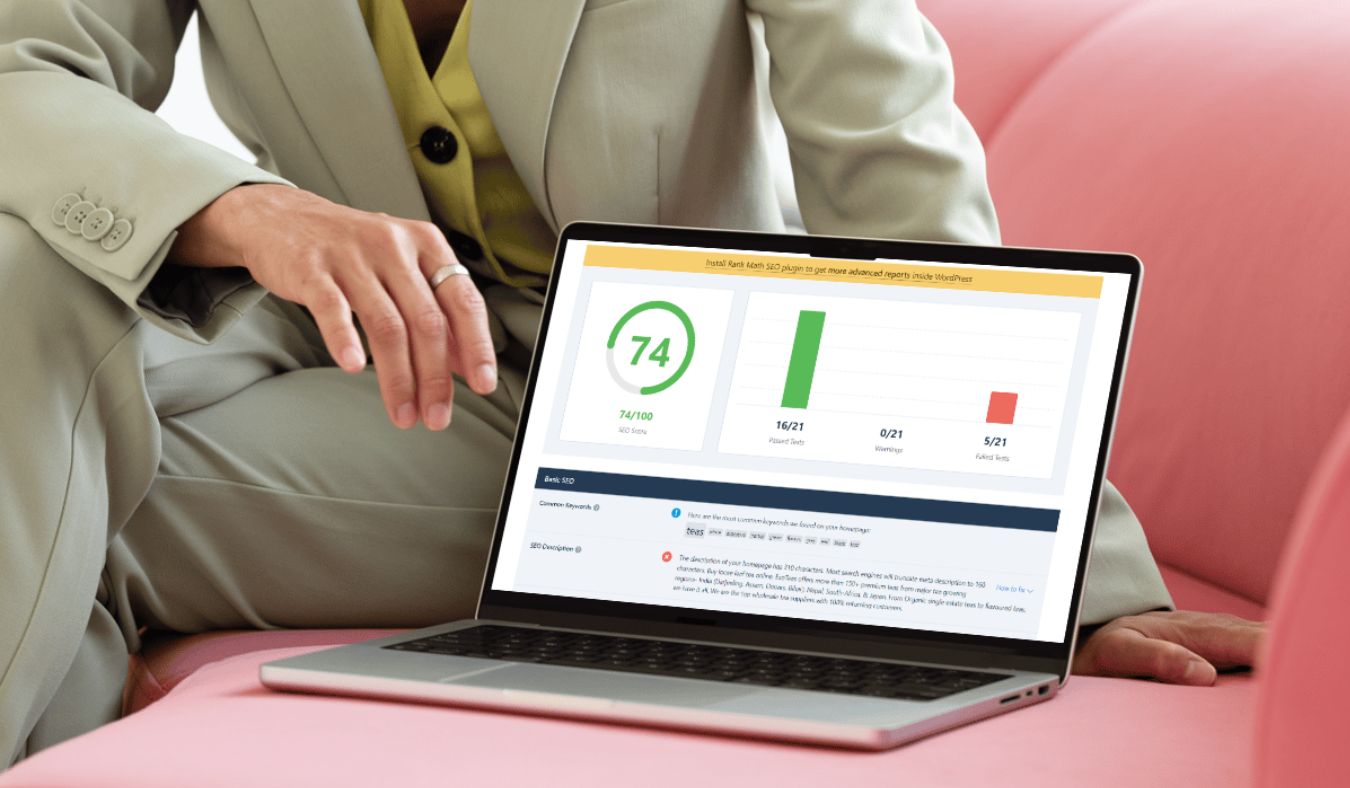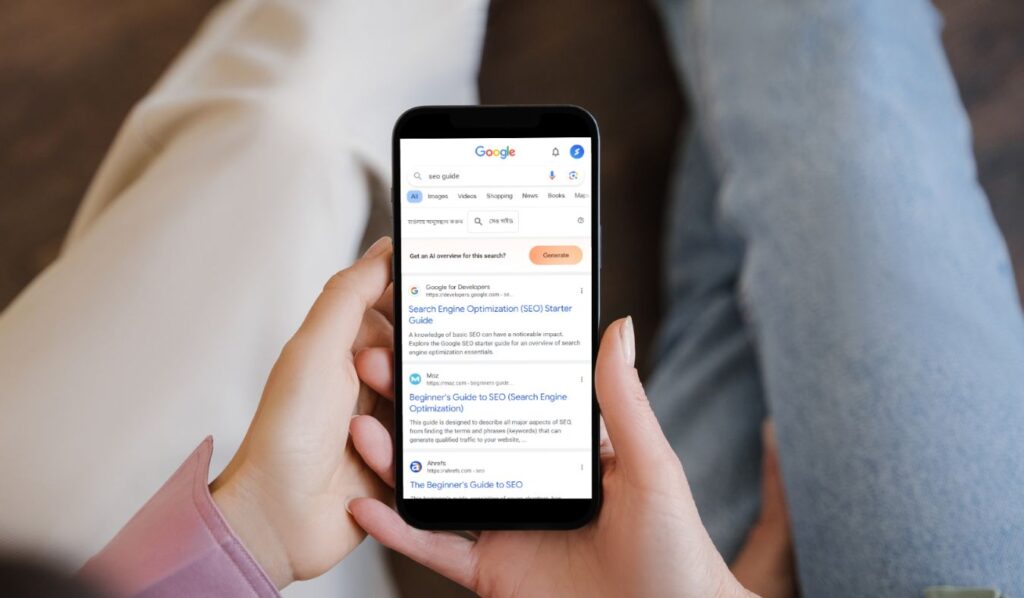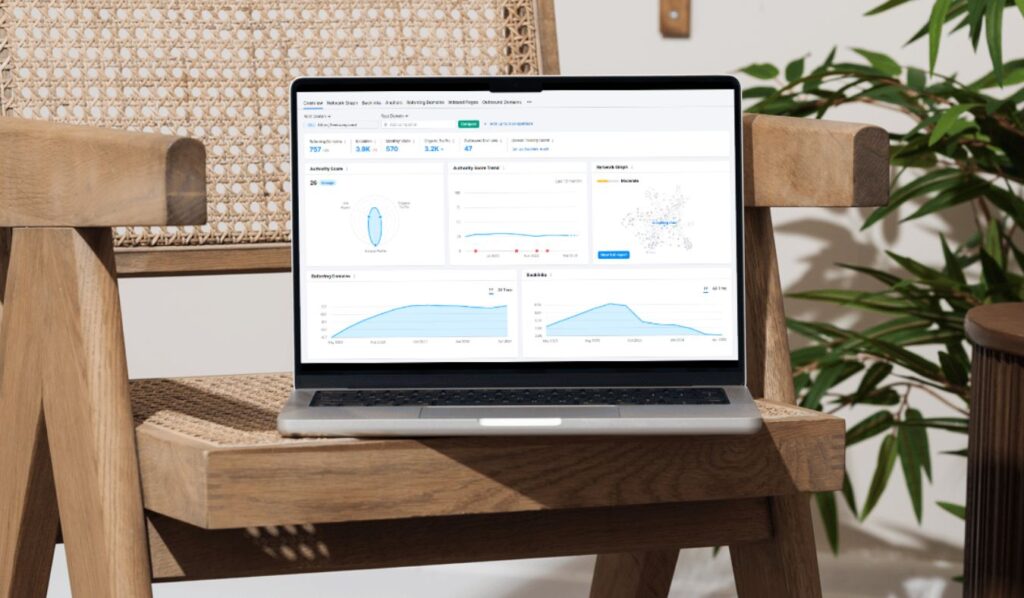What is On-Page SEO?
While some SEO factors feel like wizardry, on-page SEO refers to the things you can easily control within your own website’s pages and posts. Think of it as fine-tuning each piece of content so that search engines (like Google) understand what it’s about and who it’s meant to help.
Why It Matters
On-page SEO is a foundational piece of your overall digital marketing success. Here’s why it’s worth prioritizing:
- Improved Search Rankings: When your content is clearly signaling its relevance to the keywords your ideal customers are searching for, it increases the chances of showing up higher in the search results.
- Increased Visibility: Better rankings generally mean more eyeballs on your website, which is the first step towards building awareness and attracting potential leads or customers.
- Content + SEO = Dream Team: You can have the most beautifully written article ever, but if it’s not optimized, it’s like shouting into the void. On-page SEO helps your valuable content get the attention it deserves.
This Guide’s Goal
Let’s break down on-page SEO into simple steps! Think of this guide as your go-to checklist every time you create a new blog post, product page, or any other content on your website. By following the steps outlined, you’ll be optimizing your website for both search engines and your human visitors – a win-win!
Ready to dive in? Let’s get started…
1. Keyword Optimization
It Starts with Research
The best on-page SEO strategy begins with understanding what words and phrases your ideal customers are already searching for.
- Detailed Guide: If you have a separate keyword research guide, link to it here!
- Quick Tips for Beginners: If not, include a few pointers like using free tools (Google Trends, AnswerThePublic) or simply brainstorming the problems your target audience wants solved, then turning those into potential search queries.
Keyword Placement
- Title Tags: The big, clickable headline in search results. Aim to include your primary keyword near the beginning.
- Meta Description: That short paragraph under your title. Craft it like ad copy to make searchers want to click YOUR result.
- H1 Tag: Usually the main headline on the page itself. There should only be one H1 per page, and it’s a good spot for your focus keyword.
- Content: Weave your target keywords in a few times throughout the body of the text, but only where it feels natural.
- Image Alt-Text: The description for those who can’t see the image. Use your keyword if it describes the image accurately (ex: “red women’s backpack for hiking” is good alt-text).
Avoid Keyword Stuffing
Remember, search engines are smart! Cramming in your keyword unnaturally won’t help you rank better, and actually risks getting penalized. Here’s why:
- Bad User Experience: Content that reads awkwardly makes people click away fast… a negative signal to Google.
- Focus on Value: Your primary goal should be to solve a problem for your reader or provide useful information. Keywords are the supporting players, not the star of the show.
2. Killer Content is Still King
You can have all the on-page SEO tricks in the book, but if the content itself is boring, unhelpful, or irrelevant to your audience… it won’t matter. Here’s how to make sure your content is worthy of its optimization efforts:
Solve Your Audience’s Problems
- Get in Their Head: What are their biggest pain points? What keeps them up at night? Answer those questions directly in your content.
- Types of Valuable Content: Blog posts, how-to guides, videos, infographics… the format matters less than whether it provides true solutions.
Formatting for Readability
Attention spans are short online! Make your content easy to consume by:
- Short Paragraphs: Big blocks of text are intimidating. Aim for 2-3 sentences max per paragraph.
- Headers Break it Up: Use H2, H3, etc. tags to create an outline-like structure, making your content scannable.
- Visuals Matter: Images, charts, or even well-placed GIFs break up text and can reinforce your points
Include a Compelling CTA
You’ve got their attention, now what? Every piece of content should have a clear Call to Action (CTA). Tell the reader exactly what you want them to do next:
- Examples: “Download our free guide,” “Book a consultation,” “Shop the collection,” “Sign up for our newsletter” … be specific!
Important Note: Even existing content can be revitalized! Revisit older articles and ensure they are well-optimized and still provide the best possible value to your target audience.
3. User Experience (UX) Impacts SEO
It’s easy to hyper-focus on keywords and technical stuff, but don’t forget: Search engines want to give their users the best possible results. A great user experience IS an SEO ranking factor. Here’s why:
Site Speed Matters
Nobody likes staring at a blank screen waiting for a website to load. Slow sites lead to frustrated visitors who hit the back button fast. This is bad news for your SEO.
- Check Your Speed: Use Google PageSpeed Insights for a free analysis and actionable tips to improve load times.
Mobile-First Design
More people search on their phones than on computers. Responsive design means your website automatically resizes and adapts to look great on any screen size.
- “Mobilegeddon”: Google has even made mobile-friendliness a major ranking factor. Use their Mobile-Friendly Test tool to see if your site passes.
- It’s About Usability: Can people easily find the menu on mobile? Are buttons big enough to tap with a thumb? Think beyond just how it looks, and focus on how it functions on a smaller screen.
Easy Navigation
Confusing navigation causes visitors to get lost and give up. A well-organized website encourages them to stay longer and explore more of your content, a positive signal for search engines.
- Intuitive Menus: Use clear labels and logical grouping of pages. Avoid overly-complicated dropdown menus.
- Search Bar: Especially for larger sites, a search function helps people find what they need quickly.
- Breadcrumb Trails: These simple links (ex: Home > Blog > Article Title) let visitors see where they are and easily go back a lev
4. Technical On-Page Tidbits
Let’s fine-tune the behind-the-scenes details to make sure search engines (and your readers) get clear signals about each page’s content.
Unique Title Tags & Meta Descriptions
- Avoid Duplicates: Every single page on your site needs its own unique title tag and meta description.
- Include Target Keywords: Naturally weave in your focus keyword, if possible.
- Be Enticing!: Think of these like mini ads for your content. Make them click-worthy!
URL Structure
Clean and descriptive URLs are another way to signal what your page is about.
- Short & Sweet: Avoid long strings of random numbers/letters.
- Keyword Where Possible: If your keyword fits naturally and makes sense within the URL, include it.
- Hyphens, Not Underscores: Use hyphens (-) to separate words in URLs for better readability.
Structured Data:
Structured data (like Schema markup) helps you ‘tag’ your content in a way search engines easily understand. This can lead to things like recipes showing star ratings and prep time right in the search results.
- The Basics: Structured data is more complex, so simply mention what it is and why it’s beneficial.
- Tools to Simplify: If relevant, suggest beginner-friendly resources or WordPress plugins (like Yoast or RankMath) that help implement structured data without having to code.
Important: If any of these feel intimidating, don’t let it prevent you from tackling the other on-page factors! Seek help from a developer or focus on the basics first.
5. Your On-Page SEO Checklist
Use this checklist every time you publish a new blog post, product page, or any other content on your website!
Keyword Optimization
- Have I conducted keyword research to understand the search terms my target audience uses?
- Does my title tag contain my primary keyword, preferably near the start?
- Is my meta description engaging and does it incorporate my target keyword?
- Have I naturally integrated my target keyword and its related variations within the content?
- Do all my images have alt-text, and does it include the keyword if it accurately depicts the image?
Content Quality
- Does my content address a specific problem for my ideal customer?
- Is my content well-structured with short paragraphs, headings (H2, H3, etc.), and possibly some visuals?
- Have I included a clear call-to-action (CTA) guiding the reader on the next step?
User Experience (UX)
- Does my page load swiftly on both desktop and mobile devices?
- Is my website’s design responsive (appealing on all screen sizes)?
- Is my navigation easy to understand, with a clear menu and search bar (if applicable)?
Technical Details
- Are all my title tags unique and appealing?
- Are all my meta descriptions unique and enticing?
- Are my URLs concise, descriptive, and do they include my target keyword where it makes sense?
- Have I considered using a tool or plugin to assist with structured data, even for basic content types?
Remember, SEO is a continuous process that requires regular monitoring and optimization. This checklist will help you stay on track and ensure that you’re covering all the important aspects of SEO.
Ready to optimize your content for maximum search visibility?
SEO can feel overwhelming, especially as a busy business owner. Let’s work together! We can offer Free SEO consultations to develop a custom SEO strategy tailored to your unique needs.
Let’s start ranking higher and reaching more of your ideal customers online – together!



